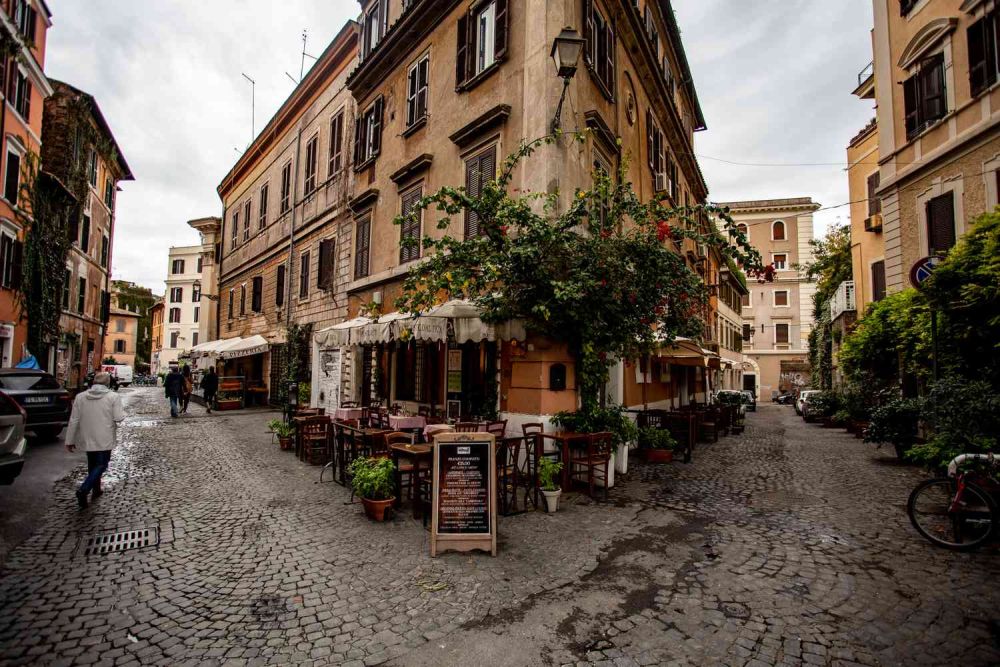

Trastevere, with its cobbled streets and vine-clad walls, has been enchanting visitors for centuries. Historically, it was the quarter of the working class and immigrants; this contributed to its diverse and vibrant character. The name "Trastevere" translates to "beyond the Tiber," and this neighborhood has always had a distinct identity compared to the rest of Rome. The area's embankment along the Tiber river was developed under the Roman Emperor Augustus, but it was during the Middle Ages that Trastevere truly flourished, becoming a hub for travelers and merchants.
Since antiquity, people have been drawn to Trastevere for its quaint charm and authenticity. Pilgrims in the Renaissance period often sought accommodation here, as it was near the Vatican yet offered more affordable lodging than the city's center. Its appeal to tourists has continued over the centuries, with artists, writers, and intellectuals in the 19th and 20th centuries finding inspiration in its narrow lanes and picturesque piazzas.
In the 1960s and 70s, Trastevere experienced a surge in popularity as it became known for its bohemian atmosphere. The post-war economic boom in Italy saw an increase in both domestic and international tourism, and areas with distinctive cultural character, like Trastevere, became particularly sought after.
In contemporary tourism, Trastevere holds a firm place on the map of must-visit locations in Rome. Visitors are enchanted by its medieval architecture, the beautiful Basilica of Santa Maria in Trastevere, and the lively piazza life. The neighborhood is cherished for its culinary offerings, ranging from traditional trattorias to modern cafes.
The latest tourism trend in Trastevere and indeed across Rome is experiential travel. Tourists seek authentic experiences that allow them to live like a local, even if only for a few days. This includes cooking classes, market tours, and dining experiences in local homes.
Furthermore, in response to global tourism concerns, there is a growing trend towards sustainable travel in Trastevere. Efforts to preserve the historical nature of the area while catering to the needs of visitors are visible in the balance between introduce modern conveniences and maintaining the old-world charm that defines the neighborhood.
With its increasing popularity, there are also challenges in Trastevere related to overtourism. Efforts are continuously made to ensure that the infrastructure and daily life are not overwhelmed while allowing tourists to enjoy the beauty and history of this unique Roman neighborhood.
Trastevere is not just a tourist destination; it's a living, breathing part of Rome with a tapestry woven from years of history, culture, and tradition. The neighborhood continues to beckon travelers from around the world, offering them a taste of the eternal city's soul. As Rome evolves, so does Trastevere, but always with one foot firmly planted in its rich historical past.